Under the Martinborough Stars
“Small pieces of glass”
By Becky Bateman
Around 1610, a middle-aged man gazed up at the heavens with a new-fangled piece of equipment up to his eye. What he saw, no one had ever seen before and led to a whole new way of thinking about our Solar System.
That man was Galileo Galilei, and the new-fangled equipment was a simple telescope. He was gazing at the planet Jupiter, the largest of the Solar System planets. He noticed Jupiter had seemingly small bright points of light on either side that moved around the planet regularly over time.
Galileo had found the first objects to orbit another planet and began the revolution that showed the Universe wasn’t quite what we had thought. Galileo turned the scientific and religious beliefs of the age upside down.
Poor Galileo was rather controversial in his time and spent most of the rest of his life under house arrest, questioned by the Spanish Inquisition and called a heretic.
The “points of light” on either side of Jupiter are now, in his honour, known as the Galilean moons: Io, Europa, Callisto and Ganymede.
These Galilean Moons are the four largest moons of Jupiter, and you can see them easily with binoculars or a small telescope. Ganymede is the largest moon in the whole Solar System, and even larger than the planet Mercury.
Jupiter has the most moons, now up to 79 after last year when a few tiny ones were discovered on its boundary edge.
Jupiter is most famous for the cloudy bands of alternating red and white stripes hinting at the weather beneath and the Great Red Spot.
Dragging you back to your school years, you’ll remember the Great Red Spot is a huge storm which has been raging since Galileo noticed it over 400 years ago. The spot is shrinking however, now only 1.5 Earths wide _ down from 4 Earths end to end. In as little as 20 years, the Great Red Spot may not be so great after all.
We can see the same sight as Galileo saw this month as Jupiter/Hine-i-tīweka rises brightly due East. It rises earlier and earlier each night, around 8pm at the start of the month and 5.30pm by the end of May.
It’s easy to find as it is underneath the massive Zodiacal sign of Scorpius/Te Matau a Maui, the back to front question mark horizontally lying in the East.
Scorpius, our Winter constellation is the arch enemy of our Summer constellation of Orion, now sinking in the West, with Orion’s belt/ tautoru sliding into the horizon vertically, making it an obvious celestial marker.
It is said in Greek mythology that Orion, the great hunter, tries to kill all the creatures on the Earth, but Mother Earth or Gaia sent a dangerous scorpion to stop him. The scorpion stings him the ankle and Orion falls into the West, the creature moving triumphantly through the sky.
Scorpius is a large easily identifiable constellation with many bright stars. The heart of the scorpion is marked by a bright red star Antares/ Rehua. Antares is often mistaken for Mars as it is a similar colour, brightness and position in the sky and Antares literally means Anti- Ares or Rival to Mars. Antares is a massive red star, over 600 light years away and 700 times the Sun’s diameter.
To put that into perspective, conjure up that school image of our Solar System and Antares would reach out to the orbit of Mars. Rehua is an important star for Māori; marked as one of the four pillars that hold up the sky father Ranginui.
Saturn/Pareārau the sixth planet, rises underneath Jupiter approximately 2 hours later with a steady golden shine.
Saturn, roughly 1.5 billion kms from the Earth, it is the furthest naked eye planet that we can see.
Autumn is a wonderful time to look up and with these two planetary jewels hanging in our evening sky, go outside and retrace the steps of one of the greatest scientists who ever lived but without the fear of house arrest.
This month’s image is ‘Jupiter Marble’ courtesy of NASA.
Becky Bateman runs the nomadic Wairarapa stargazing tour business “Under The Stars.”

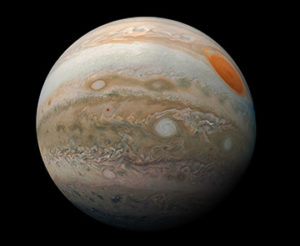



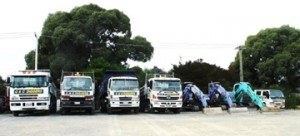

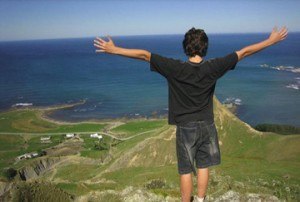





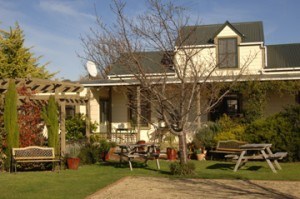
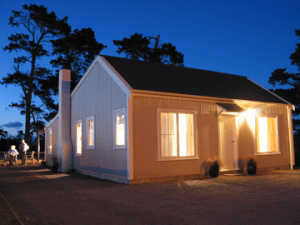
Recent Comments